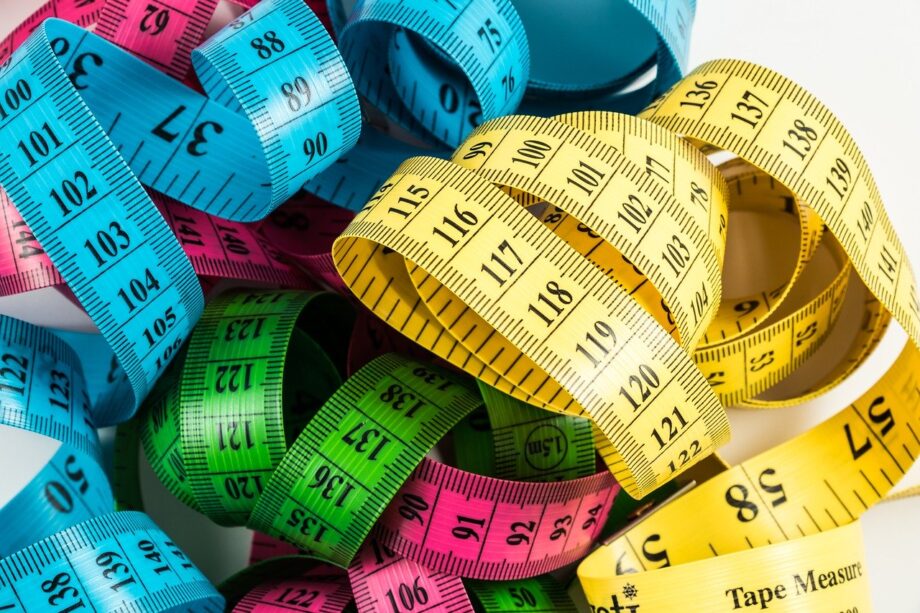A startup called Relida Limited recently came under fire over claims they made of inventing an algorithm to “validate an authentic female orgasm.” They wrote in a PR pitch to a sex toy brand that, by measuring changes in heart rate, they could tell when a vulva-owner was having an orgasm and use this data to test the efficacy of sex products.
As many pointed out, the idea that women need a (primarily male) company to tell them when they are having an orgasm is, at best, man-splainy — especially when the pitch contains such lines as, “so far, there is no evidence and proof of female orgasm.”
Read: My Orgasm is Not Your Chance to Level Up
Their claims also raised the question of whether there is, in fact, an objective measure of female orgasm — and, if so, why we might need one.
Can a Female Orgasm Be Measured?
Scientifically, Relida Limited’s claims are shady, says Nicole Prause, Ph.D, founder of Liberos LLC, a sexual health and research organization.
For one thing, heart rate is not actually an effective measure of orgasm. It generally does pick up during sexual activity, but this can happen long before orgasm, she explains. Your heart can also race for a number of reasons, including anger, stress, or excitement.
“The idea that there is a marker from heart rate alone that can differentiate physiologically contracting orgasm from fake orgasm (or no orgasm) in women who actually are also sexually aroused...is a very high bar I can find no evidence to support.”
Nor is the claim true that there currently exists no objective measure of female orgasm. The method scientists currently use involves measuring pelvic contractions, and it’s very reliable, says Prause. This can be done by putting a probe with sensors inside the vagina or anus.
There’s some debate over how effective this method is for women, though, because in one of Prause’s own studies, about half of women reported orgasming without exhibiting these contractions.
She personally believes this is because a lot of women don’t actually know what an orgasm is, but some have argued that it’s because orgasm may not always involve the typical pelvic contraction pattern.
Liz Klinger, founder and CEO of Lioness, invented a smart vibrator that detects orgasms through a similar method: the vibrator itself has sensors that measure vaginal motions, and it connects to an app that displays these motions on a graph.
Lioness users can record when they orgasm and opt to have this data used by the company, and their reports tend to line up with what’s been found scientifically: an orgasm involves about seven to 13 contractions with a force of one to two hertz over the course of five to 14 seconds.
Another way to measure orgasm might be to collect data via electromyography (EMG), which uses electrons to record activity in specific muscles, or fMRI, which examines brain activity, says sexual health researcher Natasha Aduloju-Ajijola, PhD, MPH.
Read: 31 Fascinating Facts About Orgasms
Why Measure it At All?
We have good reason to be wary of efforts to scientifically validate female orgasm. We already live in a culture that distrusts women’s perceptions of their own bodies in many ways, and marketing like Relida Limited’s can promote the idea that it’s necessary to “catch” women faking orgasms rather than, you know, talking to women about their sexual experiences.
Read: Faking It: Our Readers' Survey Reveals Some of the Reasons Behind Why We Do It
However, there are also a number of reasons it’s useful to have this data. “The most important application, to me, is understanding the health benefits of climax,” says Prause. For example, if we can know how frequently women are orgasming, we can know whether the frequency of orgasm correlates with certain health measures.
In addition, changes in someone’s sexual response could actually point toward certain health issues, so the ability to measure orgasm would be valuable for detecting potential warning signs, says Klinger.
This data also has the potential to illuminate the side effects of medications or help us understand why some people have trouble orgasming.
Another benefit of being able to scientifically measure female orgasms is that women can use this data for themselves to see what affects their orgasms. Some Lioness, users, for example, like to see how their orgasms change throughout their menstrual cycles or when they’re alone versus with partners, says Klinger.
“Having these ways of engaging with yourself and these tools you can use in the comfort of your own home, you can basically have this way to ask different questions and explore on your own terms,” she says.
Read: The No. 1 Secret to the Female Orgasm
Sexy Studies
Even though there are scientifically valid ways of measuring female orgasm, it’s not always easy to study. Sex studies are notoriously difficult to get International Review Board approval for, and those that do get approved are still typically done in labs, where it’s difficult to collect data that’s true to real life.
To get results that come from women’s at-home masturbation sessions, Klinger recently introduced a feature allowing sex reachers to collect data from Lioness users who choose to opt in.
As science advances, Aduloju-Ajijola hopes we can get even more accurate measures of female orgasm by combining different types of data, like pelvic floor contractions, brain imaging, and hormone levels.
“We measure almost everything else about ourselves: how many steps we take, how long we sleep and the quantity of our sleep, calories we consume and burn, the amount of time we’re on our phones, etc., but when it comes to sexual behavior, there is a lot of stigma,” she says.
“Understanding your own pleasure can help empower some women and destigmatize sexual pleasure. Seeing your own data and matching it to how it felt can help someone better understand what they like and how to get there.”




